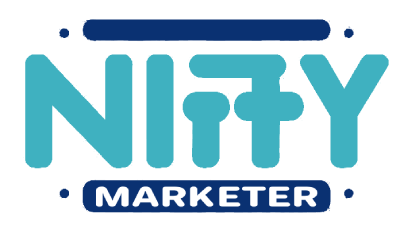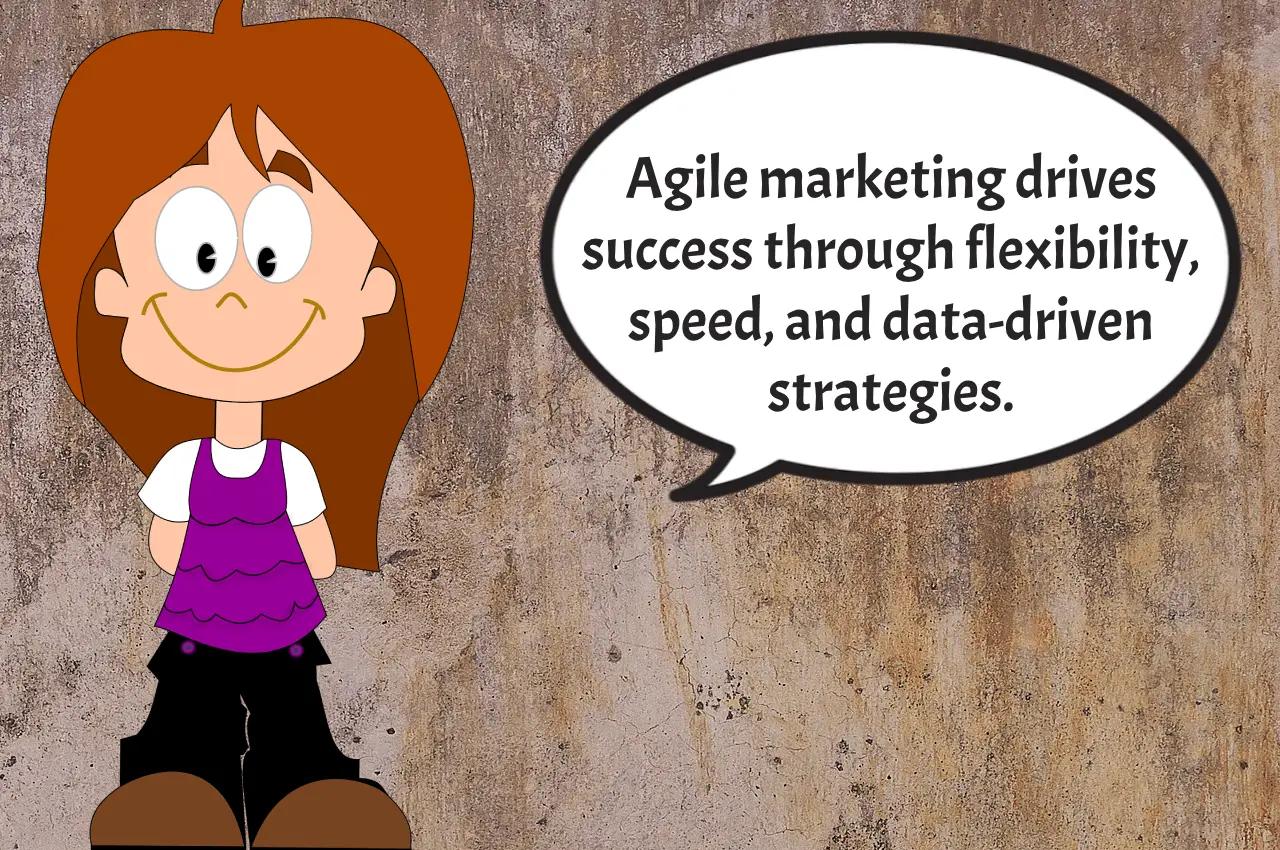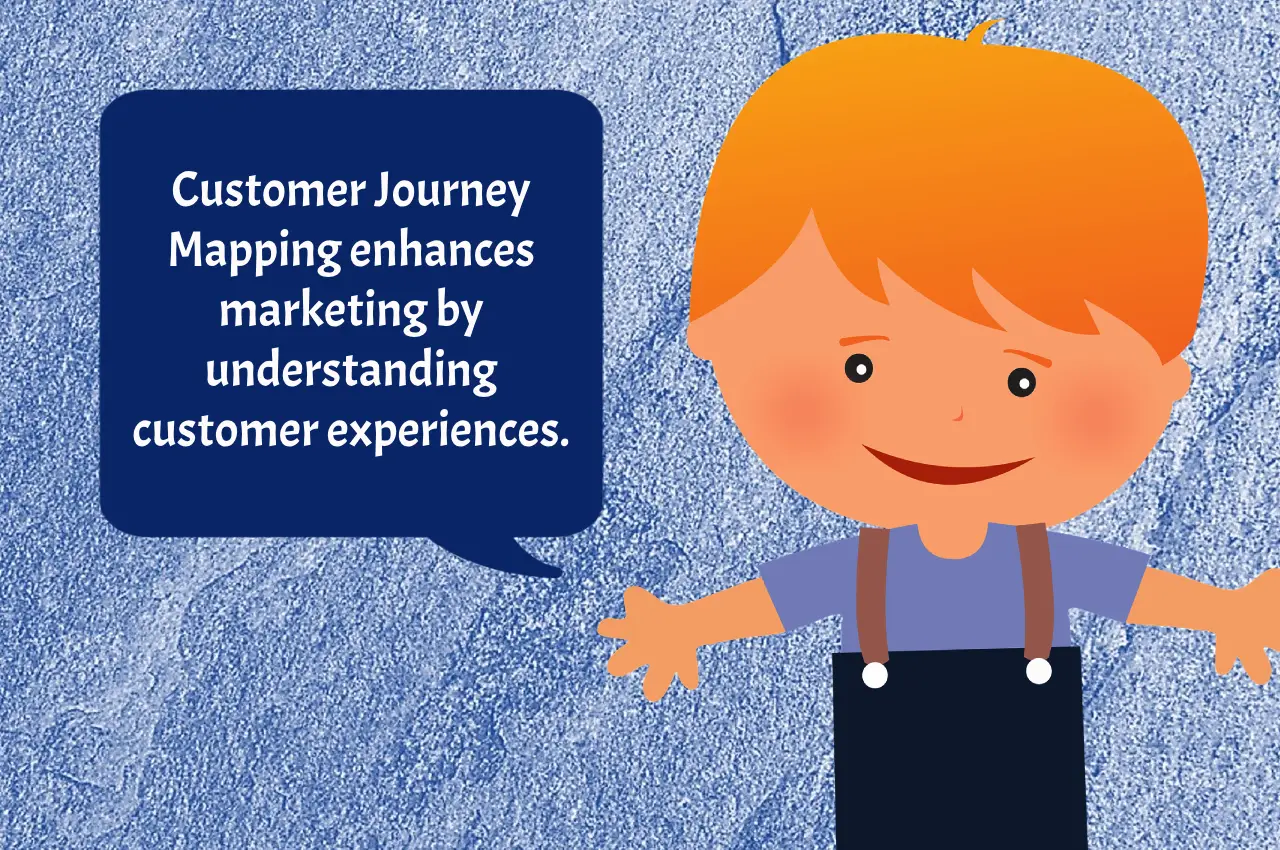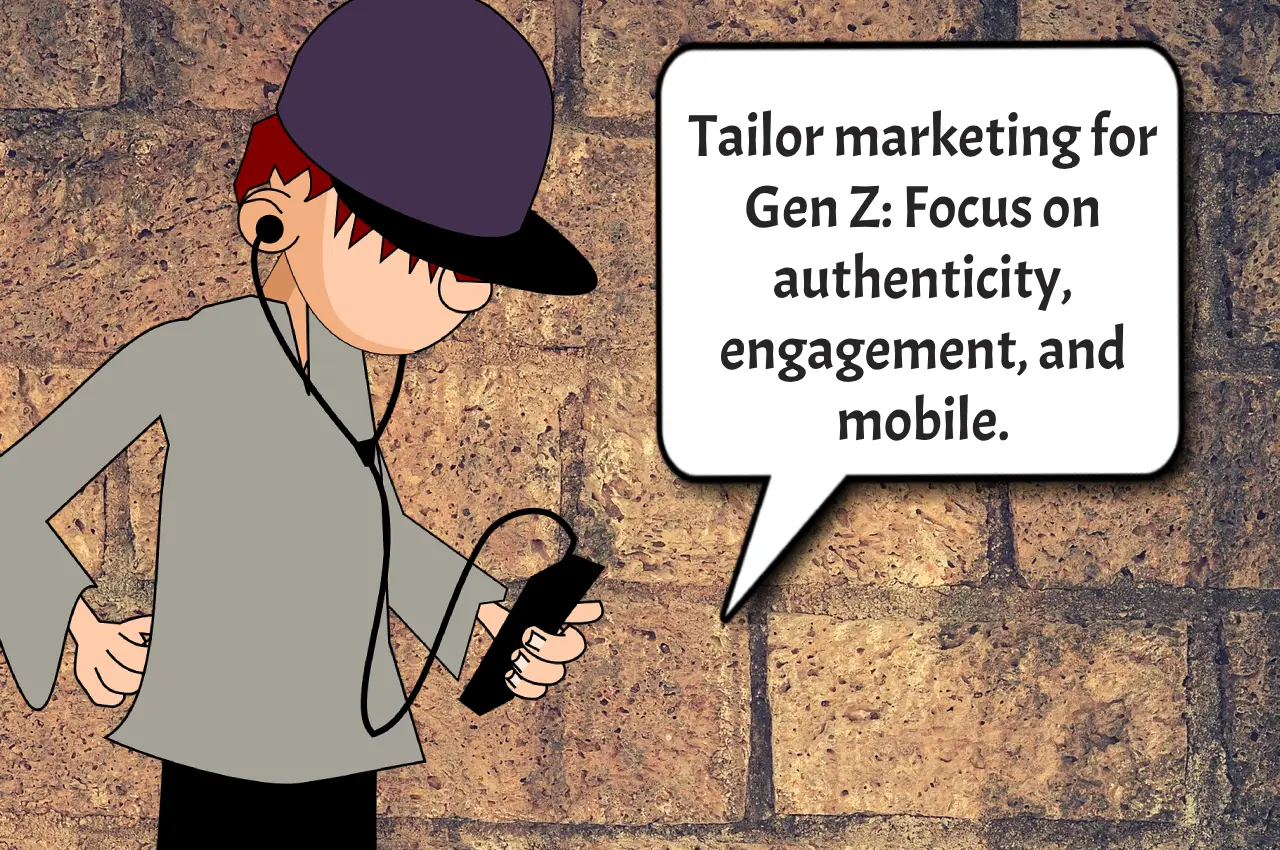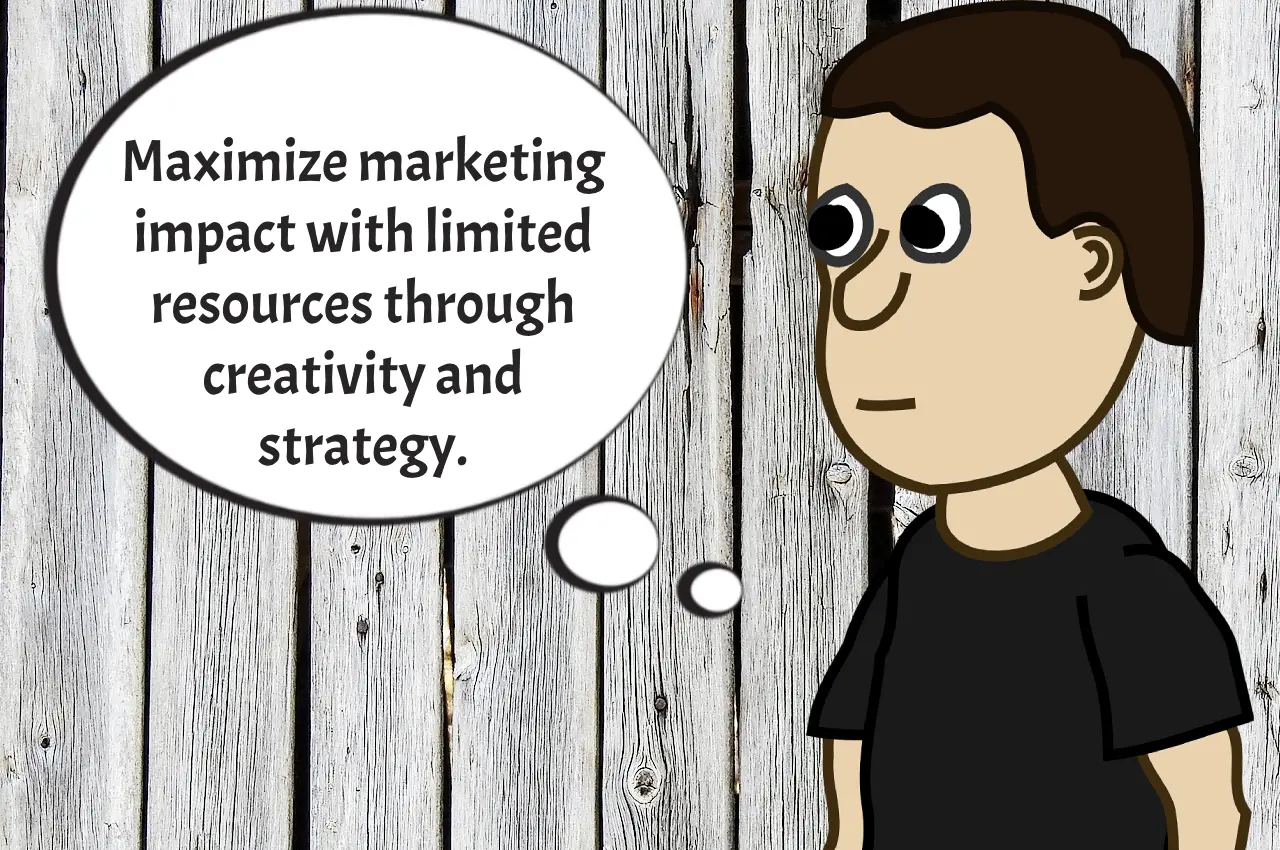In the ever-evolving landscape of marketing, agility isn’t just a buzzword; it’s a necessity. As businesses strive to stay ahead in a fast-paced world, the ability to adapt and respond quickly has become paramount. Gone are the days of rigid, long-term marketing plans. Today, success hinges on the ability to embrace change, iterate rapidly, and seize opportunities as they arise. Embracing agility in marketing isn’t about simply reacting to the latest trends or fads. It’s about fostering a mindset of flexibility and innovation that permeates every aspect of your strategy. From campaign ideation to execution and beyond, here’s how you can develop an agile marketing approach that propels your brand forward in today’s dynamic landscape.
Understanding Agile Marketing: Breaking Down the Basics
At its core, agile marketing is about prioritizing speed and flexibility without sacrificing strategic vision. Borrowing principles from agile software development, this approach emphasizes iterative planning, continuous improvement, and close collaboration within cross-functional teams. Rather than rigidly adhering to a predefined roadmap, agile marketers embrace change, welcome feedback, and pivot quickly in response to evolving market conditions.
One of the key tenets of agile marketing is the concept of “sprints.” These are short, focused periods of work during which teams tackle specific objectives or initiatives. By breaking down larger projects into smaller, manageable tasks, marketers can maintain momentum, adapt to shifting priorities, and deliver results more efficiently.
Another critical aspect of agile marketing is data-driven decision-making. By leveraging analytics and insights, marketers can gather real-time feedback on their campaigns, identify what’s working (and what isn’t), and adjust their approach accordingly. This iterative feedback loop allows for continuous optimization and ensures that marketing efforts are always aligned with business goals.
Embracing Change: The Power of Flexibility and Adaptability
In a fast-paced world, change is inevitable. Whether it’s shifting consumer preferences, emerging technologies, or unexpected market disruptions, marketers must be prepared to pivot quickly in response to new developments. This requires a willingness to experiment, take calculated risks, and learn from both successes and failures.
One example of a company that has embraced agility in marketing is Oreo. In 2013, during the Super Bowl blackout, Oreo seized the moment with a real-time tweet that captured the attention of millions. By capitalizing on an unexpected event and responding with wit and creativity, Oreo demonstrated the power of agility in marketing.
Similarly, Airbnb has built its brand on the principles of flexibility and adaptability. From its early days as a platform for renting air mattresses in a spare room to its evolution into a global travel marketplace, Airbnb has continually adapted its marketing strategy to meet the changing needs and preferences of its customers.
Building an Agile Marketing Culture: Tips for Success
Developing an agile marketing strategy isn’t just about implementing new processes or tools; it’s about fostering a culture of agility within your organization. Here are some tips to help you build a more agile marketing team:
Encourage collaboration and cross-functional communication: Break down silos between marketing, sales, product development, and other departments to foster collaboration and alignment.
Foster a mindset of experimentation: Encourage team members to take risks, try new approaches, and learn from both successes and failures.
Prioritize flexibility and adaptability: Be willing to pivot quickly in response to changing market conditions or customer feedback.
Invest in technology and tools: Leverage marketing automation, analytics platforms, and other tools to streamline processes and gain actionable insights.
Empower your team: Give team members the autonomy and authority to make decisions and take ownership of their work.
By embracing these principles and practices, you can build a more agile marketing team that is better equipped to navigate the complexities of today’s fast-paced world.
Unlocking Success with Agile Marketing
In conclusion, developing an agile marketing strategy is essential for success in today’s fast-paced environment. By prioritizing speed, flexibility, and adaptability, marketers can stay ahead of the curve, seize opportunities, and drive meaningful results for their brands.
Are you ready to embrace agility and unlock the full potential of your marketing efforts? Share your thoughts and experiences in the comments below. Together, let’s navigate the ever-changing landscape of marketing and chart a course for success.
